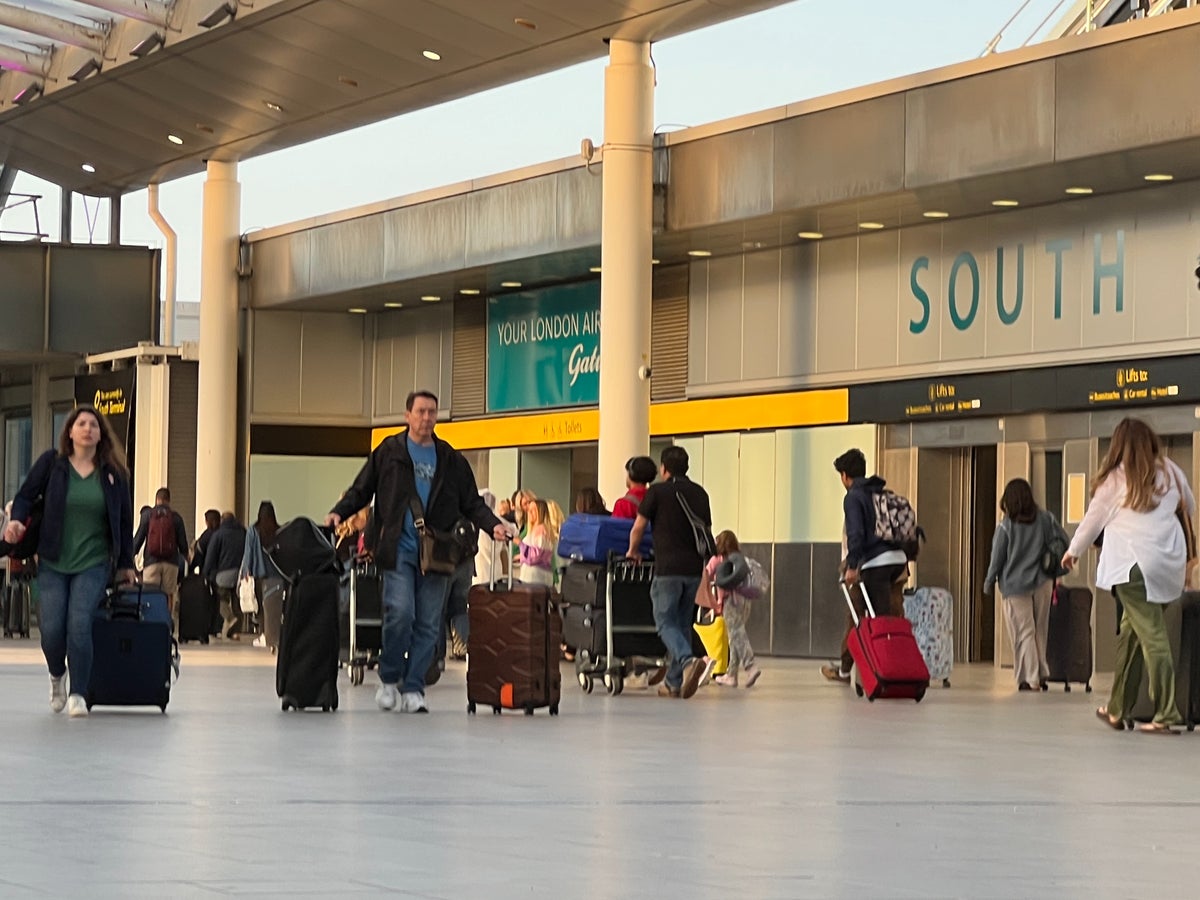
As the peak summer holiday getaway gets under way from the UK’s airports, a motoring organisation is urging drivers to “brace themselves” for record high fees at airport drop-off zones.
The RAC says one in three of the UK’s busiest airports have increased fees this summer – and that only three of them still have free drop-off outside the departure terminal.
Airports say the money they earn helps to keep air fares low, increases the range of flights and is invested in infrastructure improvements.
So where did the “kiss and fly” charges come from – and how do you avoid them?
When did these charges begin?
The earliest I can find was Birmingham airport, which says it imposed a charge following the attempted terrorist attack at Glasgow airport in 2007 – after which all airports had to reconfigure their drop-off arrangements.
They have increased significantly with the Covid pandemic, when aviation was traumatised financially. In the wake of the collapse of passenger numbers, the UK’s two biggest airports, Heathrow and Gatwick, brought in £5 drop-off charges. This year, they have been joined by George Best Belfast City (£3).
Can airports charge whatever they like?
Yes, for activities on their land. But most are coalescing around £5, which is the price at Manchester, Luton, Aberdeen, Glasgow and Liverpool John Lennon airports. Stansted, at £7, is an outlier. A spokesperson for the Essex airport said: “Express Set Down charges contribute to reducing the environmental impacts of private vehicle drop-offs and pick-ups and help manage congestion in a capacity-restricted area.
“If passengers do not wish to use the express area, the mid-stay car park offers a free park-and-ride service that drops them off on the terminal forecourt.
“Revenues from parking and forecourt charging are invested into sustainable access improvements that help maintain London Stansted’s high percentage of passengers using public transport, with nearly half of all those travelling to and from the airport by bus, coach or train.”
How well served by public transport are the UK’s airports?
It’s variable. Gatwick is probably the best connected airport: its location was actually chosen because of the main London-Brighton rail line: the South Terminal is directly above the railway.
Birmingham, Manchester and Heathrow have reasonable links. Luton recently opened a new link from its railway station to the terminal. Even Inverness airport has a new airport station, though it’s a fair old hike from the terminal.
But Aberdeen, Edinburgh and Glasgow have no airport stations, despite railways passing a mile or so away, and Liverpool’s link requires a bus connection from South Parkway station.
Even where rail stations are on site, for early arrivals and late departures, trains may not be running – and with industrial action crippling services across Great Britain, they are currently unreliable.
Any other way to avoid the charges?
Don’t do what some people do: park illegally on approach roads to drop off passengers. Even worse, as I have seen at Stansted: driving up the approach road at Stansted until just before the barrier, dropping off and then reversing for hundreds of metres against the oncoming traffic. The cameras will catch you.
Instead, take advantage of the rare airports with no drop-off charges: Cardiff, London City and Inverness.
Does this happen in other countries?
Rarely. In the US, for example, being able to drop off passengers directly outside the terminal appears to be regarded as a constitutional right.







